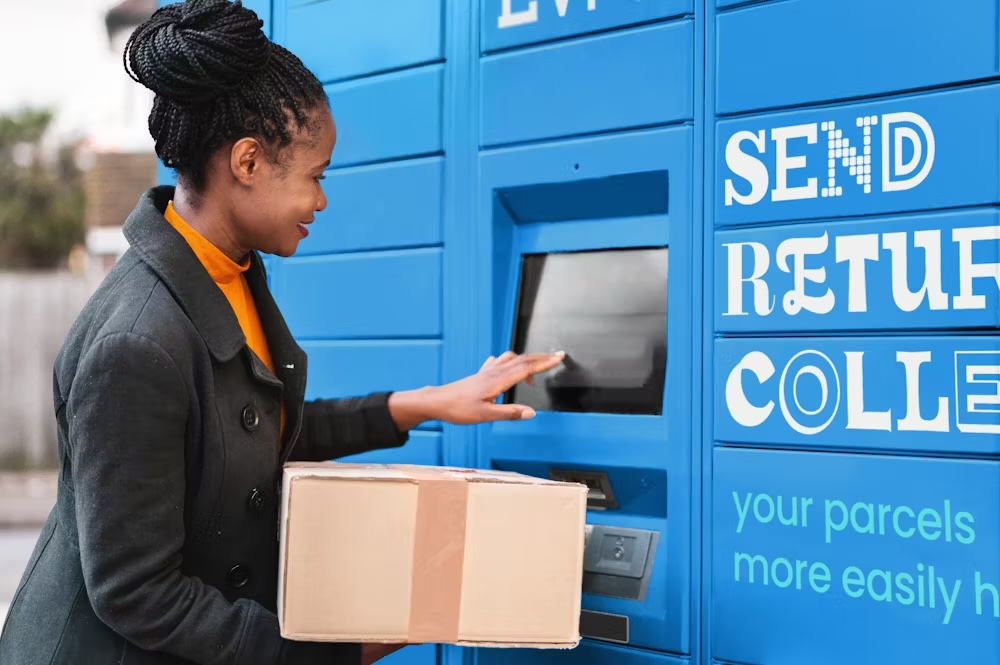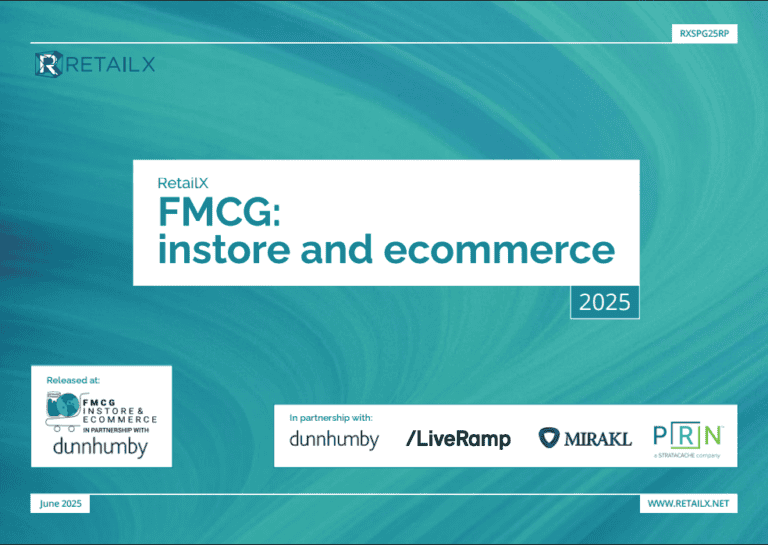Ambeshwar Nath, SVP and Regional Head – Europe, Retail, CPG & Logistics at Infosys, looks ahead to the next evolution of retail logistics.
Shopping has become a completely different experience ever since the COVID-19 pandemic overtook our lives. It is no more about choice, convenience, or finding the best product at the cheapest price. Products now fall under just two categories – essentials and non-essentials. For most of us, it is about scurrying to the nearest store to grab that last box of cornflakes or a bag of flour. For some of us, it is about checking multiple times in a day for open slots on every possible grocery app on the phone. From a pre-pandemic situation of 90% physical shoppers, the statistic is now turning on its head, with nearly 90% of us shopping online.
The pandemic has resulted in disruptions in every industry sector, but it is certainly retail where the impact is not only the most dramatic but most varied and extreme. So while we have consumer goods companies witnessing a phenomenal upswing in sales owing to panic buying and hoarding of groceries and household products, retailers from the high street selling fashion, apparel, and other luxury product categories are at a loss as they completely lose the consumer mind space. The logistics sector, on the other hand, is seeing a very interesting shift. for instance, postal services are busy delivering more of parcels than letters since the lockdowns began. Food delivery companies and laundries are leveraging their logistical infrastructure to deliver groceries and essentials.
Survival of the fittest
No matter what the nature of the impact has been, every retail business today is focusing on survival in these uncertain times by maximizing short term financial and business resilience. Business continuity plans, employee safety, conserving cash, and helping society are the top priority areas.
Retail stores are offering deep discounts to help move their stock. Small ‘Mom and Pop’ stores have quickly got on to some form of e-commerce model. Food producers, whether single product farmers or cheesemakers are exploring ways to sell directly to end-consumers. Even age-old retailers like Morrisons are moving with the times, tying up with Deliveroo, a food delivery company, to offer groceries to the doorsteps of their customers. Retail stores have simplified their assortment of products to ensure they can get fast-moving items, particularly the critical ones, onto their shelves quickly and smoothly. Another interesting venture is, UK based Streetify, a shopping platform that is offering virtual storefronts to retailers who have had to shut down stores to comply with government orders.
Companies are also innovating around their products to meet the current demands. The Scottish craft beer maker, Brewdog, started producing hand sanitizers to mitigate the acute shortage in the market. Dyson, best known for high-quality household appliances such as vacuum cleaners, decided to start making ventilators to help meet the global shortfall. All these measures are only short term reactions to staying afloat in the market and as they struggle to stay relevant, business leaders are beginning to worry about the next six months.
What are those strategic decisions or actions that they need to make or do in order to grow from here?
Making the pivot
The changes being driven by the pandemic may be here to stay as more and more people begin to like the idea of enjoying the ‘high-touch’ moments that they are experiencing during lockdowns such as spending more time with their families, avoiding traffic, finding the time to pick up hobbies or easing into a slower pace of life. They might get comfortable ordering groceries online, staying in rather than eating out, shopping through an app instead of hitting the mall. The old order of things may never return.
Over the next few months, most retail and logistics players will need to pivot in new directions that will allow them to thrive in the ‘new normal’. For many, this could mean pushing their digital agenda forward or even undergoing a full-fledged digital transformation. Retail organizations will also look for ways to restructure their businesses, build new digital capabilities, and reduce their capital expenditure (CAPEX) to become light and agile, choosing to invest in interventions that create value in the immediate or near term, rather than focusing on large-scale multiyear projects.
Defining a new future
As the vision moves beyond six months, enterprises must define their future and envisage completely new business models and find innovative, transformative ways of functioning. Here are some broad changes that we can foresee in the retail and logistics sector, based on learnings from the CoVID-19 pandemic.
- Greater collaboration
As organisations explore new and innovative business models that address the changing needs of consumers, it is likely to create several opportunities for collaboration. For example, restaurants might tie-up with grocery stores to offer ‘cook at home’ kits for patrons who might want to enjoy popular delicacies from the restaurant in the comfort of their homes.
- De-risking through diversification of supply chain
While supply chains will continue to be global, they are likely to be far more diversified. While traditionally, retail businesses have prioritised suppliers who provide consistent quality at the lowest price, they might now consider additional parameters. The CoVID-19 pandemic has exposed the dangers of over-dependence on a single vendor or geography. Therefore, companies will increasingly look at creating a marketplace that allows them to tap more sources and minimizes the points of failure that they are likely to experience.
- Embracing technology; being machine first
One of the biggest trends resulting from the pandemic has been an unprecedented push for technology adoption across traditionally, technology-shy segments. For the first time, the Shanghai Fashion Week went completely digital, as did the Moscow Fashion Week. Both the events were deemed highly successful, getting a record number of online viewers. For retailers across the board creating a superior, differentiated digital customer experience will become important. In brick and mortar stores, non-contact transactions and self-checkouts will become the norm, rather than the exception. In the logistics sector, we are likely to see an increasingly ‘machine first’ approach that will greatly reduce dependency on people, especially for mundane, repetitive tasks.
- Smarter use of data
While the CoVID-19 pandemic created some unprecedented situations, most retailers were caught unawares since they could not foresee the situation and use it to better support their businesses. Going forward, we are likely to be more emphasis on collecting, studying, and analysing data to ensure that they are using data effectively to plan their operations and support decision-making.
The current pandemic will hopefully be temporary, but its impact will be felt for a long time to come. Some of behavioural changes resulting from this, whether it is the increased use of hand sanitizers or tendency towards social distancing, might become permanent cultural fixtures. For retailers, the time to adapt and change is now.








